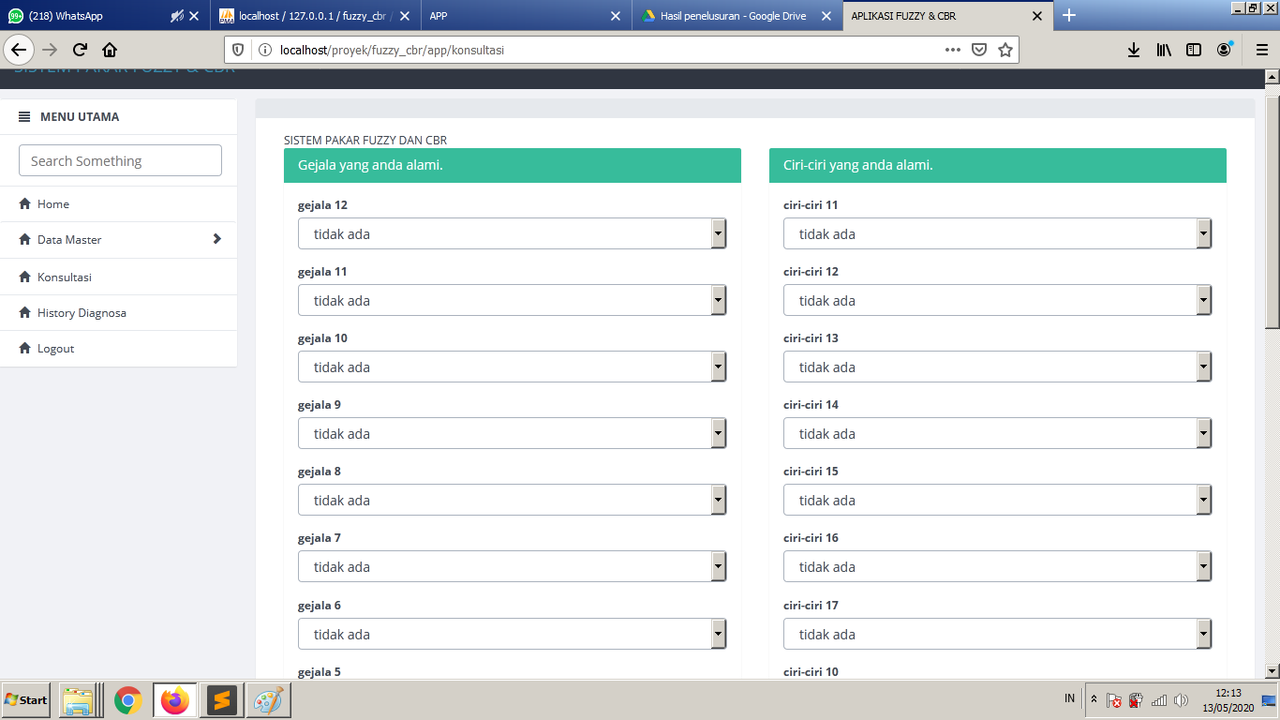

#KUMPULAN SOURCE CODE PHP GRATIS HOW TO#
Each command (also known as an Instruction) contains the data the programmer wants to mutate, and information on how to mutate the data. The result was a working Lisp interpreter which could be used to run Lisp programs, or more properly, "evaluate Lisp expressions".Īn interpreter usually consists of a set of known commands it can execute, and a list of these commands in the order a programmer wishes to execute them. Russell had read John McCarthy's paper, and realized (to McCarthy's surprise) that the Lisp eval function could be implemented in machine code. Lisp was first implemented in 1958 by Steve Russell on an IBM 704 computer. The first interpreted high-level language was Lisp.

Interpreters were also used to translate between low-level machine languages, allowing code to be written for machines that were still under construction and tested on computers that already existed. a shortage of program storage space, or no native support for floating point numbers). Interpreters were used as early as 1952 to ease programming within the limitations of computers at the time (e.g. A high-level language is ideally an abstraction independent of particular implementations. The terms " interpreted language" or " compiled language" signify that the canonical implementation of that language is an interpreter or a compiler, respectively. While interpretation and compilation are the two main means by which programming languages are implemented, they are not mutually exclusive, as most interpreting systems also perform some translation work, just like compilers. Interpreters of various types have also been constructed for many languages traditionally associated with compilation, such as Algol, Fortran, Cobol, C and C++. Some systems, such as Smalltalk and contemporary versions of BASIC and Java may also combine two and three. Source programs are compiled ahead of time and stored as machine independent code, which is then linked at run-time and executed by an interpreter and/or compiler (for JIT systems).

Perl, Raku, Python, MATLAB, and Ruby are examples of the second, while UCSD Pascal is an example of the third type. Explicitly execute stored precompiled bytecode made by a compiler and matched with the interpreter Virtual Machine.Įarly versions of Lisp programming language and minicomputer and microcomputer BASIC dialects would be examples of the first type.Translate source code into some efficient intermediate representation or object code and immediately execute that.Parse the source code and perform its behavior directly.An interpreter generally uses one of the following strategies for program execution: In computer science, an interpreter is a computer program that directly executes instructions written in a programming or scripting language, without requiring them previously to have been compiled into a machine language program.


 0 kommentar(er)
0 kommentar(er)
